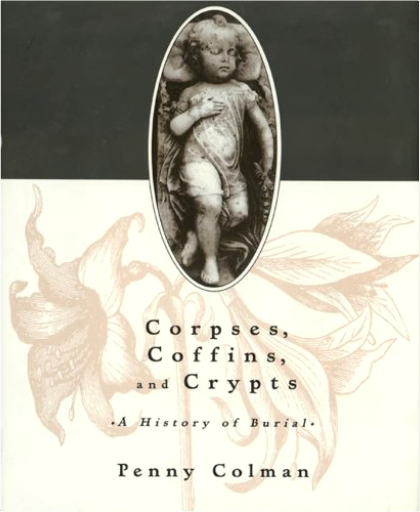 Drawing on extensive historical and anthropological research, personal accounts, and interviews with people who work in the funeral industry, Penny Colman examines the compelling subjects of death and burial across cultures and societies. The text, enriched with stories both humorous and poignant, includes details about the decomposition and embalming processes (an adult corpse buried sex feet deep without a coffin will usually take five to ten years to turn into a skeleton) and describes the various customs associated with containing remains (the Igala people in Nigeria have a custom of burying people in as many as twenty-seven layers of clothing). Intriguing facts are revealed at every turn; for example, in Madagascar winter was considered the corpse-turning season. 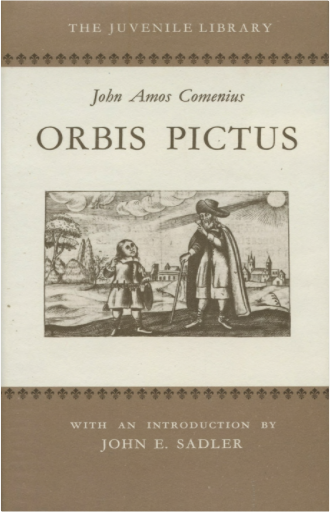 This scarce antiquarian book is a facsimile reprint of the original. Due to its age, it may contain imperfections such as marks, notations, marginalia and flawed pages. Because we believe this work is culturally important, we have made it available as part of our commitment for protecting, preserving, and promoting the world's literature in affordable, high quality, modern editions that are true to the original work. 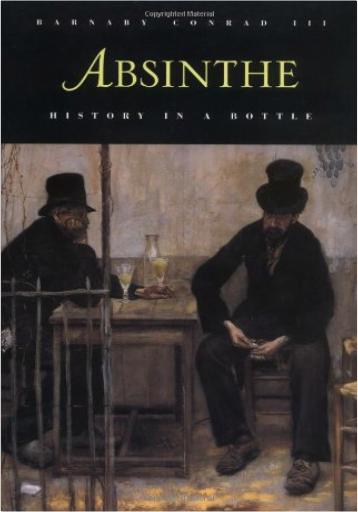 One hundred forty-four proof, notoriously addictive, and the drug of choice for nineteenth-century poets, absinthe is gaining bootleg popularity after almost a century of being banned. Due to popular demand, Absinthe: History in a Bottle is back in paperback with a handsome new cover. Like the author's bestselling The Martini and The Cigar, it is a potent brew of wild nights and social history, fact and trivia, gorgeous art and beautiful artifacts. As intoxicating as its subject, Absinthe makes a memorable gift for anyone who knows how to celebrate vice. | 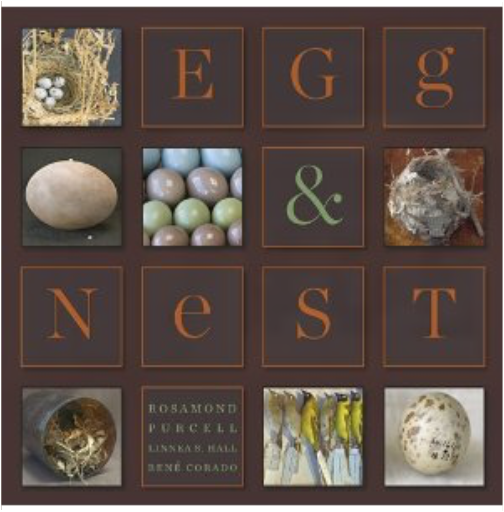 The beauty of the robin’s egg is not lost on the child who discovers the nest, nor on the collector of nature’s marvels. Such instances of wonder find fitting expression in the photographs of Rosamond Purcell, whose work captures the intricacy of nests and the aesthetic perfection of bird eggs. Mining the ornithological treasures of the Western Foundation of Vertebrate Zoology, Purcell produces pictures as lovely and various as the artifacts she photographs. The dusky blue egg of an emu becomes a planet. A woodpecker’s nest bears an uncanny resemblance to a wooden shoe. A resourceful rock dove weaves together scrap metal and spent fireworks. A dreamscape of dancing monkeys emerges from the calligraphic markings of a murre egg.  Necropolis is a study of death and the corpse. Death rituals from various world cultures are examined with their historical significance. The disposal of the deceased in cemeteries, mummification, cremation as well as religious, occult, and macabre aspects relating to both the dead and the undead are examined. The cemetery is analyzed as a form of archive in which burial became the major course of action to prevent environmental pollution caused by the deceased. The text's discussions of the taphophile, or tombstone tourist, personality includes not only the mortician, but also grave robbers, ghosts, ghouls, vampires and witches.  This pamphlet contains of the Capuchins and then a guide to the 'cemetery' with photos in black and white. 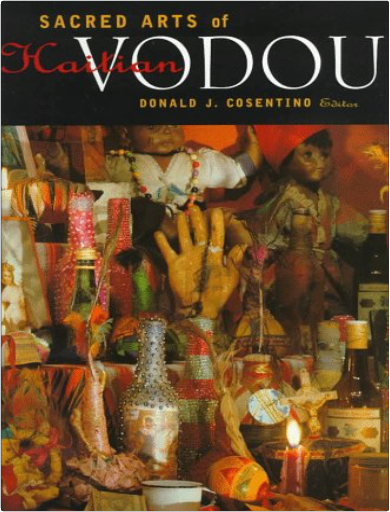 This abundantly illustrated anthology brings together 16 essays by scholars, artists, and ritual experts who examine the sacred arts of Haitian Vodou from multiple perspectives. Among the many topics covered are the 10 major Vodou divinities, the paintings of Hector Hyppolite, the multimedia pieces of Pierrot Barra, sequined bottles and sequined flags, and the work of the Brooklyn Priestess Mama Lola. 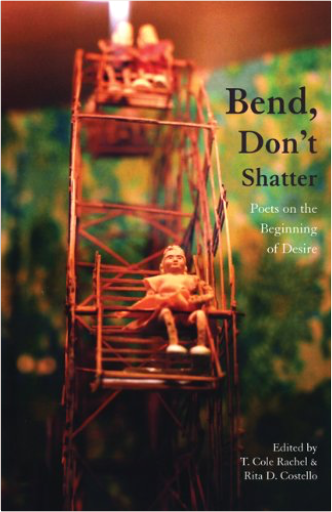 This new poetry anthology navigates the rocky waters of teenage sexuality and confusion with insight, clarity, and understanding. The poems were written by adults who keenly remember the turmoil and excitement of their own adolescent sexual explorations but now have the perspective and sense of self that come with growing up. They employ concrete details — reaching across car seats, the electric touch of fingertips — as well as more ephemeral concepts, such as facing desire as powerful as a thunderstorm. |

Morbid Anatomy Museum
Collection Total:
1,253 Items
1,253 Items
Last Updated:
Jan 26, 2016
Jan 26, 2016

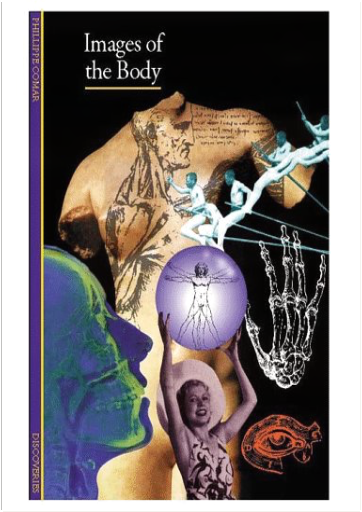
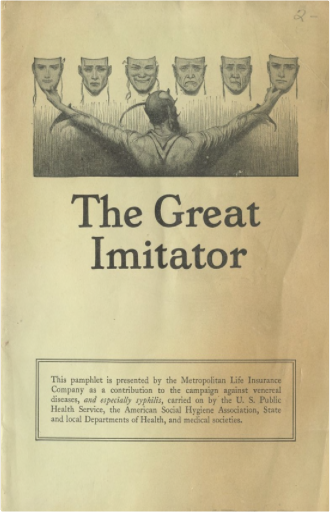
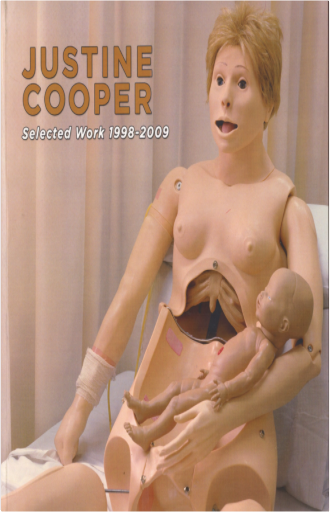

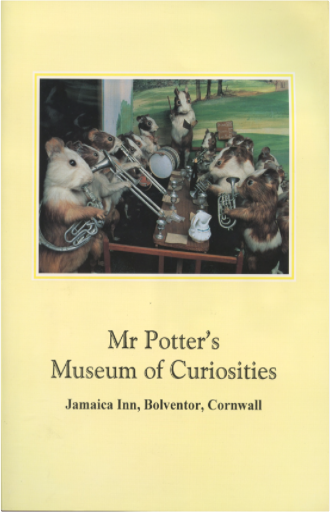
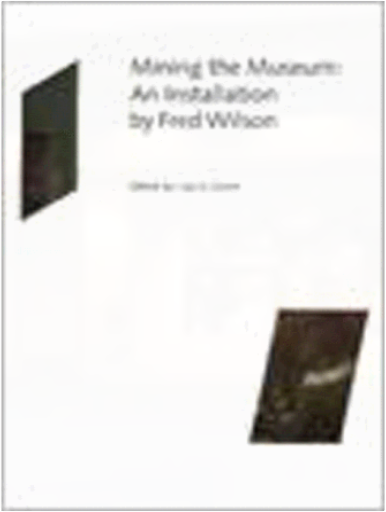
 Made with Delicious Library
Made with Delicious Library